From pv magazine global
Despite its superhero potential, and its leading role in the new energy transition, solar is not without its issues, as Mulvaney highlights in his new book. His aim was to evaluate, via the use of case studies detailing such issues as toxic substances in products and ecological concerns, the current state of the industry, and to see how it can become truly sustainable going forward.
In an interview with pv magazine as part of our new UP initiative, Mulvaney talks about what is happening in the industry in terms of benchmarking sustainability in solar, particularly in the United States, and the creation of a new American National Standard, NSF/ANSI 457 Sustainability Leadership Standard for Photovoltaic Modules. The final draft of the standard is set to be released at the end of this year.
According to the official document, “The purpose of this Standard for Photovoltaic modules is to establish product sustainability performance criteria and corporate performance metrics that exemplify sustainability leadership in the market. These performance criteria are intended to form the basis of conformity assessment programs, such as third-party certification or registration.”
First Solar, which has been involved in the process, confirmed it will be applying for certification in 2020. “With the sustainability leadership standard, we have for the first time a global standardized approach on measuring the sustainability performance of PV manufacturing,” Andreas Wade, First Solar’s global sustainability director told pv magazine at this month’s Intersolar Europe. More on the thin film manufacturer’s involvement to come in the July edition of pv magazine.
pv magazine: According to the latest figures from the International Energy Agency (IEA) and the International Renewable Energy Agency (IRENA), between 60 million to 78 million tons of PV waste are expected by the 2050s, with China, the United States, Japan, India and Germany, leading the way. However, few countries have adopted PV-specific waste regulations. What is the United States doing in this area?
Dustin Mulvaney: The United States Federal Government doesn’t have any e waste laws, so nothing like the WEEE directive in Europe, meaning U.S. states are responsible for regulating e waste. Every state has different rules; they’re thinking about the problems differently. I would not be surprised if California, for instance, is going to go the same route that NY state and Washington state have gone, which requires extended producers’ responsibility, so basically a take back and collection scheme for PV.
The Californian Product Stewardship Council has been pushing for extended producer responsibility for a lot of different types of products in the state. They have, for example, been successful in introducing it for batteries, matrasses, paint and pharmaceuticals. The idea is to make the process of take back prepaid and really easy for customers.
The California Public Utilities Commission, California Energy Commission, Department of Toxics Substances Control, Air Resources Board, and CalRecycle, meanwhile, kicked off a memorandum of understanding to investigate the end-of-life opportunities and challenges, and propose the best means of collection, disposal, and recycling.
In the cradle to cradle (C2C) manifesto, the concept of waste is eliminated. What are your thoughts on this certification, which to date has been achieved by just two solar companies, SunPower and JinkoSolar?
It’s definitely a step in the right direction and I think the organization is well meaning. In general, however, I tend to be a little skeptical of voluntary efforts, as they don’t necessarily cover the entire industry and they require proactive speaking out by customers for that label. So you’re really waiting for the sustainable consumption nerds to look into these things. How many of SunPower or JinkoSolar’s customers are going out to buy their products, because of that label? I think in the absence of regulation, voluntary efforts are good, but they’re often not enough.
What more can be done?
The Green Electronics Council helped develop the National Standards Foundation International sustainability leadership standard for photovoltaic modules, and rewards companies engaged in best practices in sustainable manufacturing. It was a stakeholder led process, involving NGOs, environmental organizations, operators of landfills, etc., and a number of companies participated in the trial, so there’s a lot more transparency. It was also collectively decided upon what metrics were important to include. You can find out a lot more about a company’s manufacturing, where a company falls short, where they are successful.
The process just got wrapped up in the last year. It’s not clear yet which companies are planning to fly with it, although quite a number participated in the trial. To date, none have met the standard.
What feedback has been received thus far?
The concern is that the certification is pay walled, meaning you have to be a member to receive the full report, which gives you every detail of what the private companies are being measured on, and there is no advocacy around it.
How is concept of waste dealt with in the new standard?
Companies have to have a program in place to receive points. A challenge is that in the standard, companies are credited that have an individual program and I would argue that this is really a collective action problem. That is really a challenge, because you have an industry that is surviving on wafer thin margins and why should a manufacturer pay for another manufacturer? Because that is basically going to happen.
It is not yet a profitable endeavor to collect modules, because no one has developed a good business model. In 2007, 2008, when the spot price for polysilicon spiked up, there actually was some profit to be made from, or some price volatility to be had, because the price was so high, but now it is basically a cost. You are adding a cost to manufacturing and there’s not a real clear benefit to that manufacturer – why should JinkoSolar pay more for extended producers responsibility program when Trina doesn’t, for instance?
You have these collective action problems – either everyone needs to voluntarily participate, or everyone needs to be regulated and be required to participate. That’s the challenge we have in the United States right now and that’s why I think having a regulation is key.
Will the new standard be limited to the United Sates?
The standard is global. These are global manufacturers, which participate in a lot of different markets.
Watch out for more information on the new module standard in the July edition of pv magazine.
This content is protected by copyright and may not be reused. If you want to cooperate with us and would like to reuse some of our content, please contact: editors@pv-magazine.com.

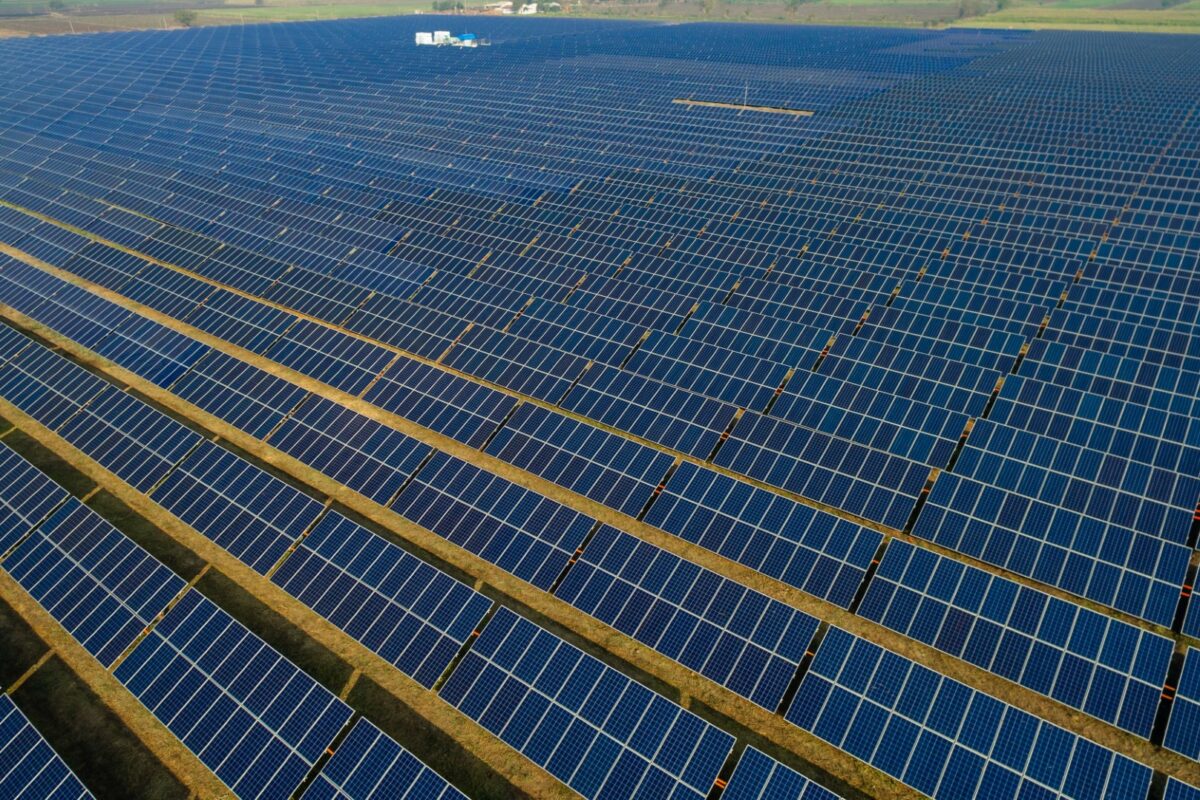


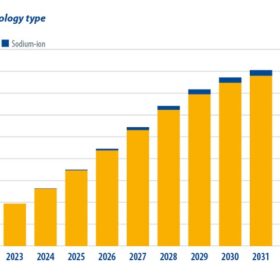
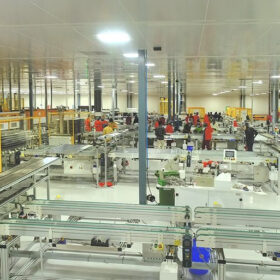
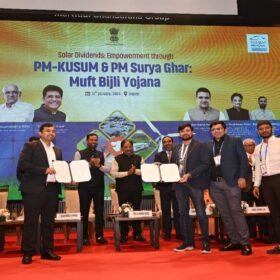
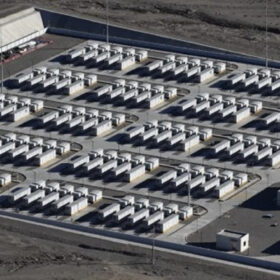
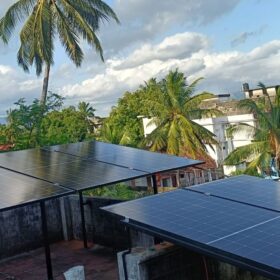
“NSF/ANSI 457 Sustainability Leadership Standard for Photovoltaic Modules.”
Who pays for this? Another fee or tax on solar PV panels to ‘support’ the standard?
First Solar is mentioned, it seems that 10 years ago First Solar was the very ‘first’ to announce a cradle to grave to cradle program. Old, broken and out of tolerance panels would be sent back to First Solar and ground up, elements separated and used for the next manufacturing run of panels.